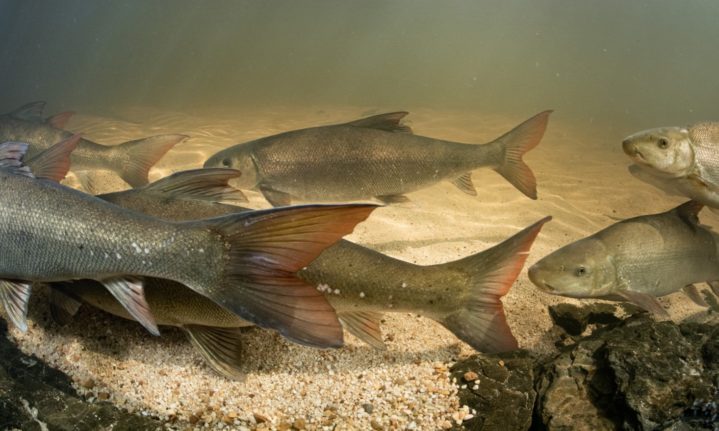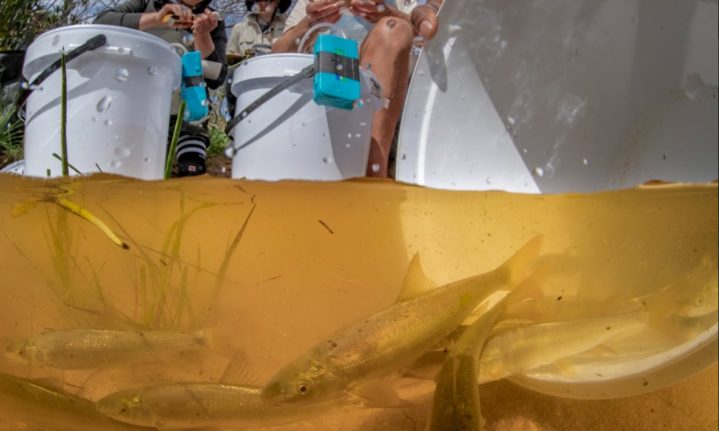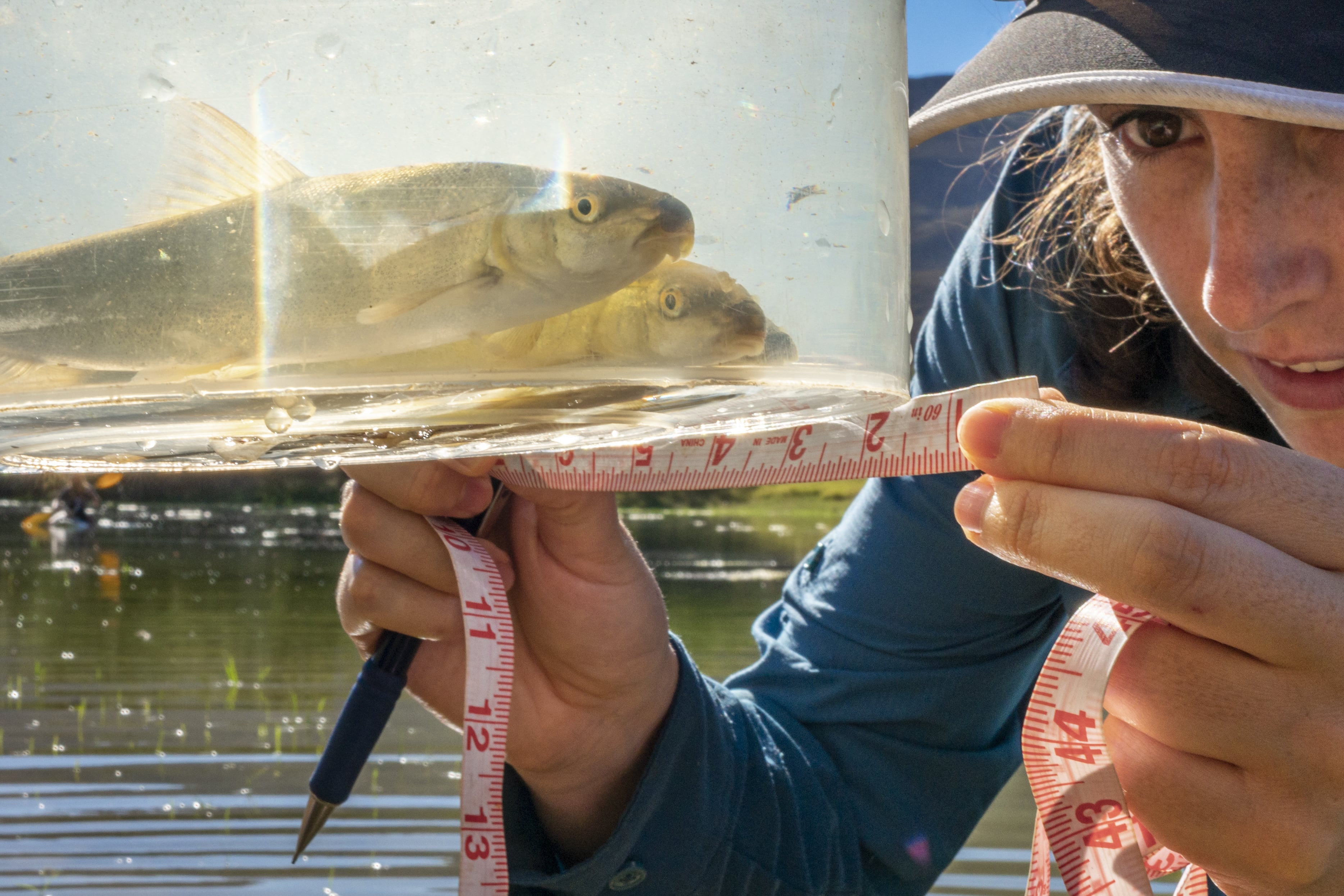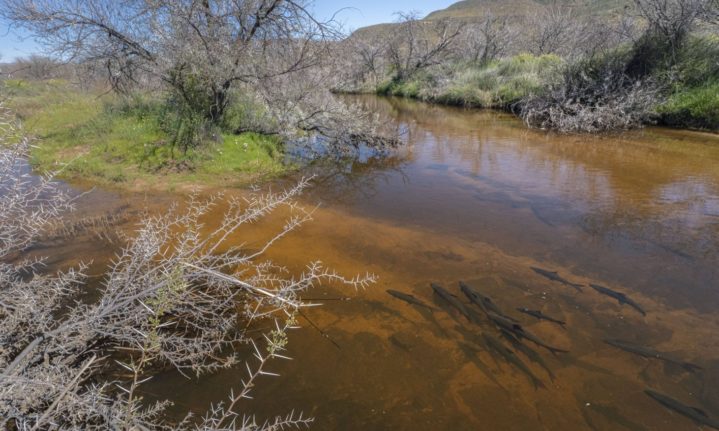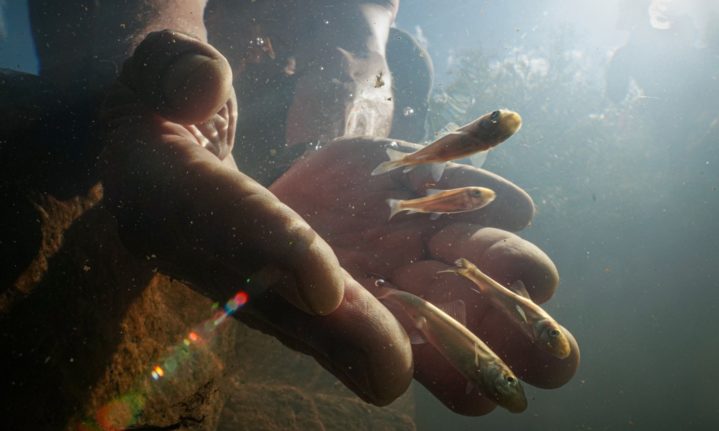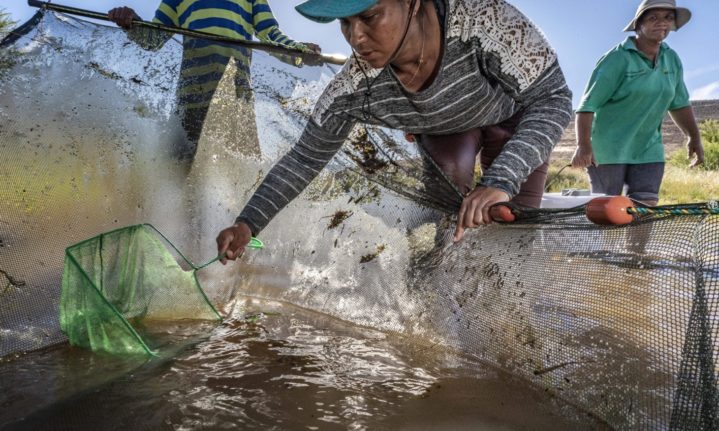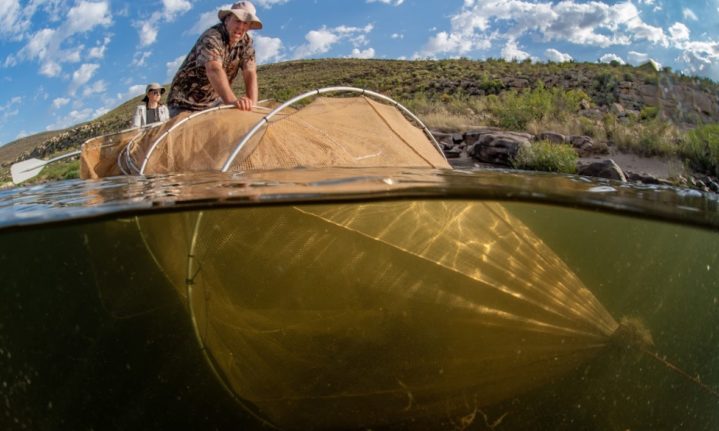One of South Africa’s most threatened freshwater fish is the migratory Clanwilliam sandfish. Decades ago, the fish used to migrate in the Olifants/Doring river basin upstream to spawn after the winter rains at the start of spring.
The species used to thrive in the Olifants River but the fish have disappeared from there and now only survive in the Doring River and a few of its tributaries.
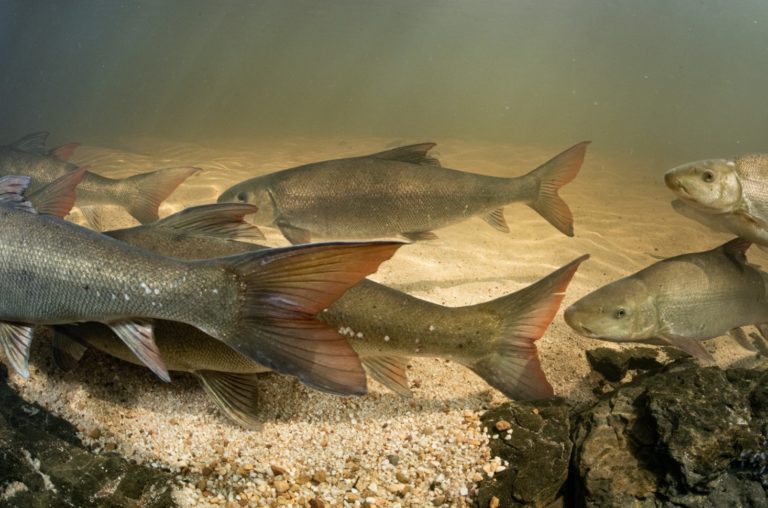
Adult sandfish migrate into the Biedouw River to spawn in spring. Picture: Supplied / Jeremy Shelton.
The Saving Sandfish project was started by Jeremy Shelton and his colleagues who have been studying the fish for five years. We caught up with Shelton to learn more about this elusive fish and the steps that are being taken to save the species.
When did you first realise that something had to be done to save the sandfish?
‘Back in 2012, a group of researchers embarked on a fish survey of the Doring River, a former stronghold for the Clanwilliam sandfish and several other native fish species. After 10 days of setting nets along 100km of river, only 45 adult sandfish turned up in the nets which was a massive decline relative to historical catches.
‘And what’s more, no young fish were recorded at all, indicating that the sandfish were unable to recruit (when juveniles survive to adulthood) – a red flag for extinction. We later found out that this was due to predation by sport fishes that were introduced from North America like black bass and bluegill sunfish.’
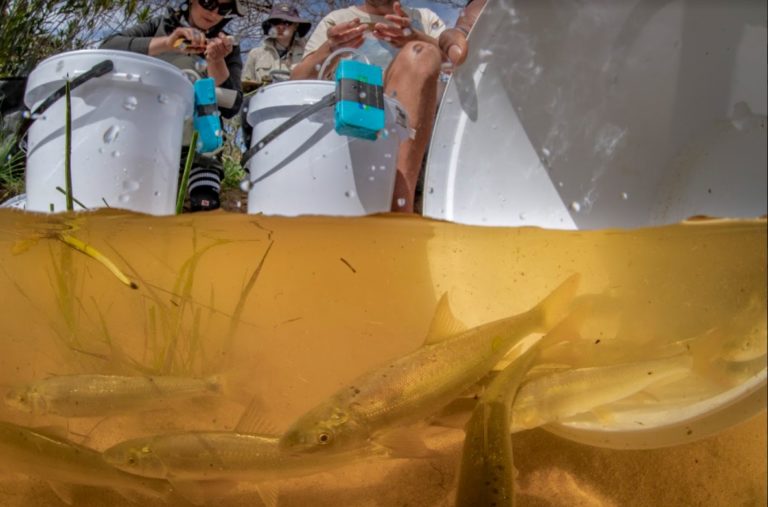
Ten-month-old sandfish (that were rescued from the Biedouw and reared in sanctuary dams) are tagged (using tiny PIT tags) and released back into the Biedouw River. Picture: Supplied / Jeremy Shelton.
When and why did you start up The Saving Sandfish project?
‘2018, in a moment of clarity I realised that without help the sandfish was heading rapidly for extinction. I wasn’t prepared to let that happen, nor were the other researchers and conservationists who are now on the Saving Sandfish team.’
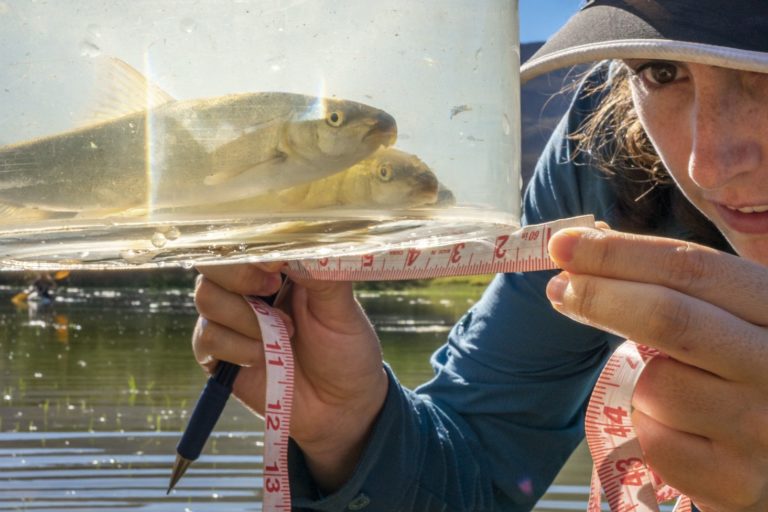
Cecilia Cerrilla measuring one-year-old sandfish in one of the sandfish sanctuary dams. Picture: Supplied / Jeremy Shelton.
Why was it such a challenge to track down the sandfish initially?
‘Their numbers in the wild are now so low that it’s a bit like trying to find a needle in a haystack, really. The real challenge was trying to find where and when they were spawning, and why none of their young were surviving to adulthood? On the way home from that 2012 Doring survey, one of the researchers (Riaan van der Walt) spotted some young sandfish in the Biedouw River, a seasonally-flowing tributary of the Doring, and so we knew that there must still be at least a few fish still spawning there.
‘But nearly a decade passed until August 2020 when we finally found spawning sandfish in the Biedouw, with no more than a couple of hundred adult fish hanging on to the primitive urge to survive. This was the first time sandfish spawning had been seen in decades.’
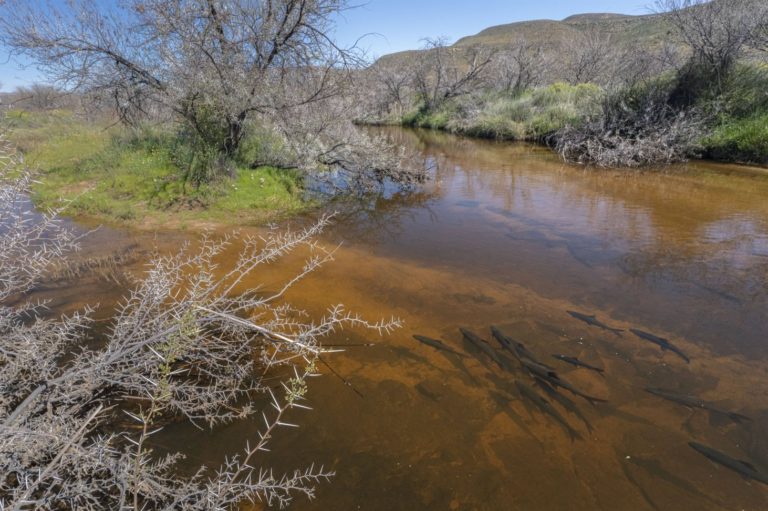
Adult sandfish migrate into the Biedouw River to spawn in Spring. Picture: Supplied / Jeremy Shelton.
Of your discoveries, what were some of the main causes of the declining numbers of the sandfish?
‘By September, the spawning was over, and the adult sandfish then leave the Biedouw and swim back down to the Doring River where they hide out in permanent pools until flows rise again the following year. Thousands of tiny eggs are left behind, which hatch after about a week, and then the Biedouw River is full of thousands of tiny sandfish larvae. The larvae grow into 3-4cm juveniles by late October, but that’s where things start going wrong.
‘Naturally, the Biedouw would have held water throughout the summer, but these days the river stops flowing much earlier than it would have, and by January/February (mid-summer) it typically dries up. This is because of the over-abstraction of water, and because water-thirsty invasive plants (introduced for shade and food for livestock like sheep and goats) have displaced the native riparian vegetation along much of the watercourse.
‘So, the little sandfish start running out of water and end up trapped in isolated puddles by January. But to make matters worse, they get trapped in these puddles with bass and bluegills. Sandfish have not evolved to cope with this kind of predation threat, and succumb en masse to the predation. As a result, very few, if any of the young sandfish survive to adulthood.’
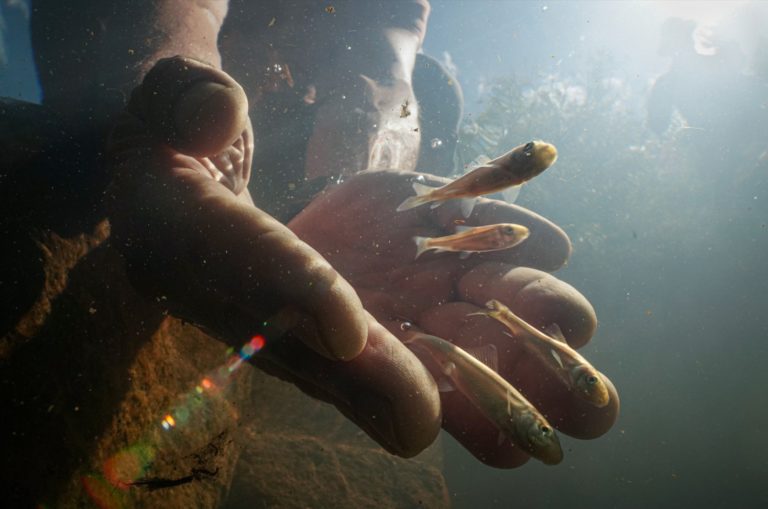
Releasing rescued sandfish into a sanctuary dam. Picture: Supplied / Jeremy Shelton.
What is the solution to these problems and what steps have been taken to protect them?
‘To secure sandfish populations in the long term, we need to find ways to reduce the threats of non-native fish predation and water scarcity in summer. Thus it will require strategic eradication of non-native fish and plants from sensitive catchment areas, and working with landowners to find ways to reduce water abstraction in summer.
‘However, in the short term, the Saving Sandfish project is primarily concerned with preventing the extinction of this iconic species, and we’re doing this by working with local landowners and communities to recreate the important nursery habitats for young sandfish that have been lost in the wild. Specifically, we are working with several landowners to remove non-native fish from farm dams, and then employing residents from nearby communities to help rescue young sandfish from the Biedouw before they fall prey to bass and bluegill, or run out of water.
‘The young fish are relocated to the safety of the farm dams, which are now free of non-native fish and hold water year-round. The plan is to leave them there until they reach a bass-proof size and then release them back into the river to hopefully boost sandfish numbers in the wild. The first 1000+ bass-proof sandfish have been released to the wild, and the Saving Sandfish team is using tiny microchip tags to track the survival and spawning behaviour of these fish to make sure that these interventions are benefitting the species, before scaling up their rescue-rear-release operation.’
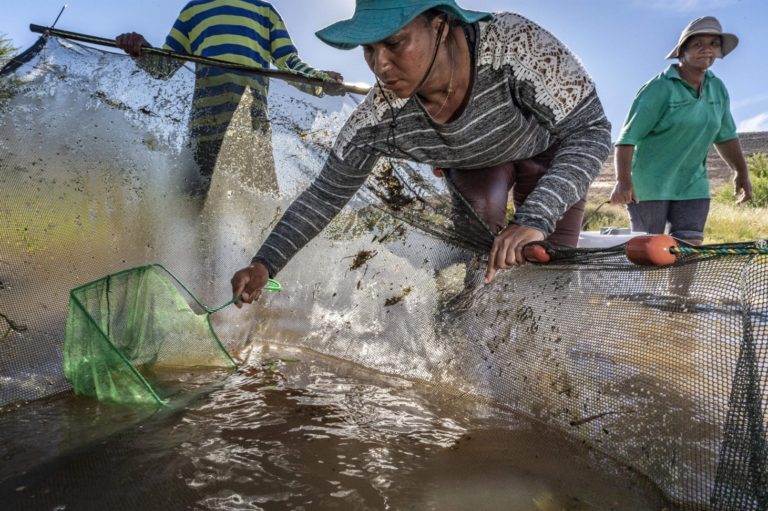
Team from Heuningvlei assist with the 2021 sandfish rescue in the Biedouw River. Picture: Supplied / Jeremy Shelton.
What are some of the biggest challenges that you and your team have faced while working on this project?
‘Our big challenges revolve around funding. Funds to sustain the rescue-rear-release interventions, but also funds to address the pressures causing these fish such harm – non-native species impacts (both plants and fish), as well as excessive water abstraction in certain areas. If we can’t address these underlying causes, we’ll never save the sandfish, and other threatened fynbos fishes in the long run.
‘We are extremely fortunate to have the support of an incredible ensemble of project supporters and funders. Funders include the National Geographic Society, Mohammed Bin Zayed Species Conservation Fund, IUCN Save Our Species, the Rufford Foundation and the Ford Wildlife Foundation.
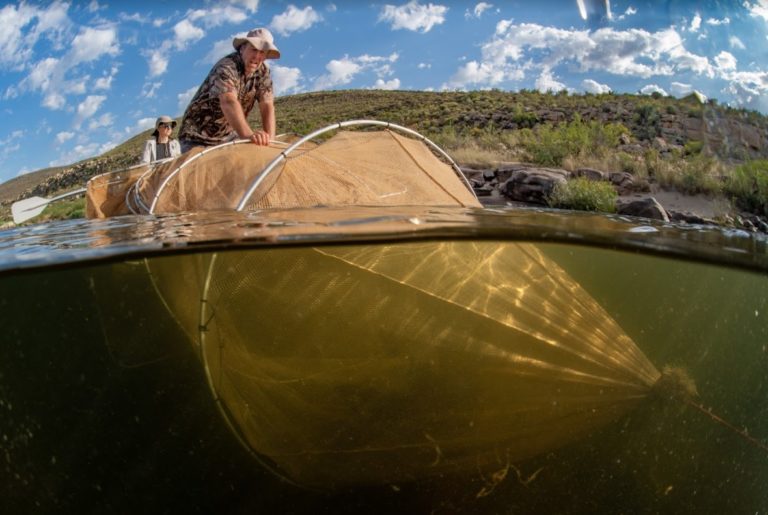
Collecting a fyke net from a pool in the Doring River during a survey. Picture: Supplied / Jeremy Shelton.
How can the public get involved and help?
‘The easiest way to support the project is to sponsor a sandfish via the Saving Sandfish GivenGain campaign.
‘We also need more information on where the different native and non-native fish species occur, and how their ranges are changing. By taking pictures of freshwater fish and submitting them to iNaturalist, a user-friendly platform for mapping and sharing observations of biodiversity across the globe, South Africans will be able to give scientists a better picture of changes in freshwater fish distributions.’
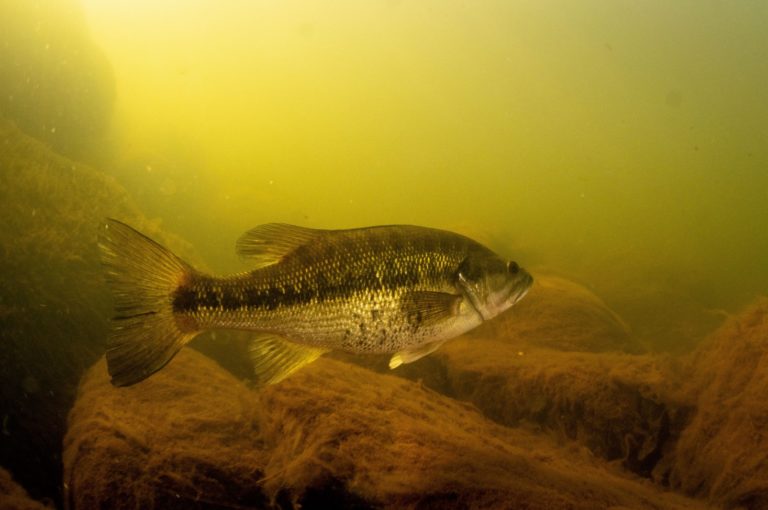
Non-native species like bass have displaced native fish species from most of the Doring River through predation. Picture: Supplied / Jeremy Shelton.
To find out more about the Saving Sandfish project, check out the Saving Sandfish web series. For more freshwater conservation stories follow @jeremymarkshelton on Instagram and check out the NGO that he works at, the Freshwater Research Centre.
ALSO READ
Victoria Falls wins responsible tourism award for sustaining communities









